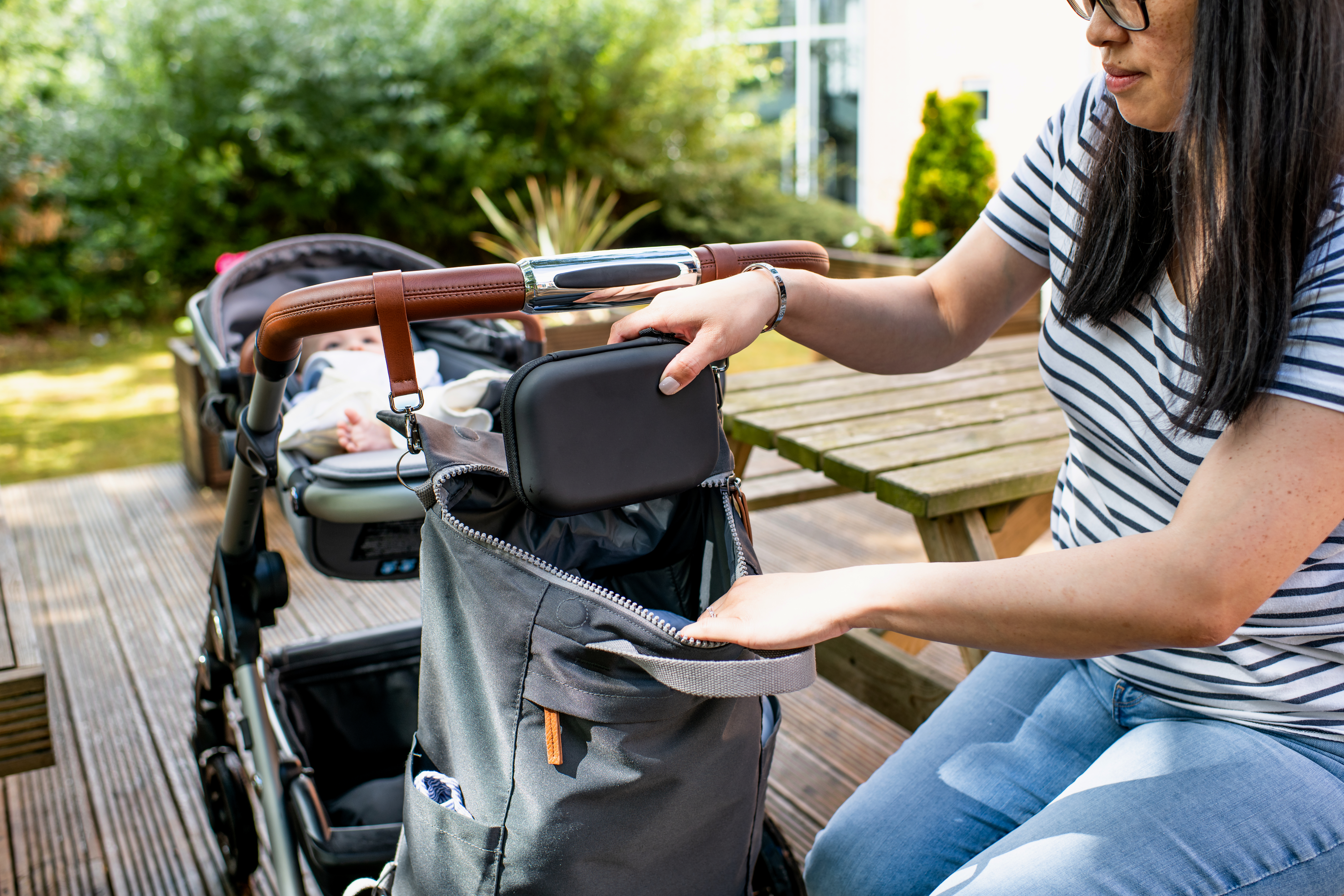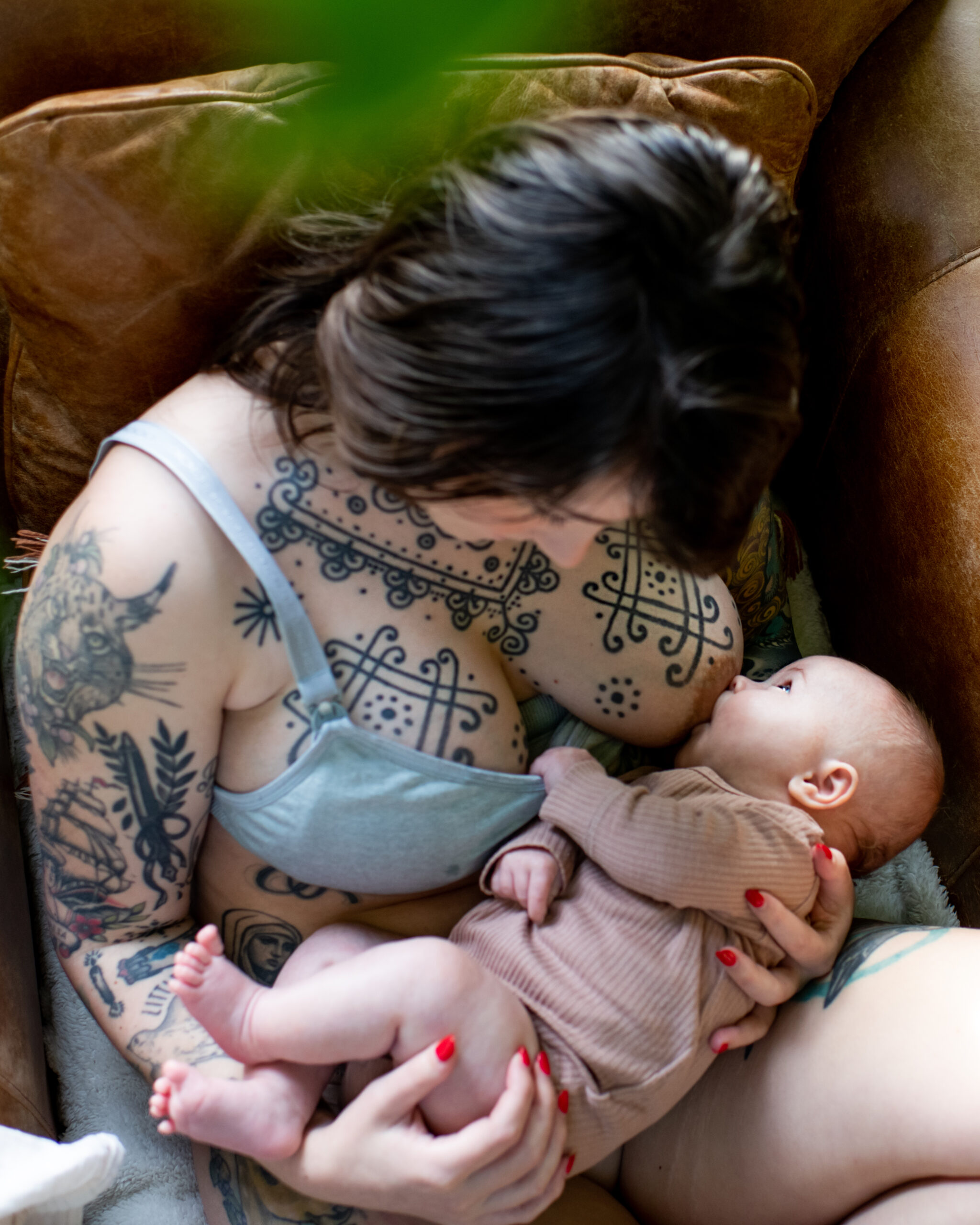You and your family can be involved in caring for your baby on the neonatal unit. This is called family-centred care, and you should be supported by healthcare professionals to do this.
Changing your premature or sick baby’s nappy is a big part of their care routine and can lead to better long-term outcomes for their development.
While they’re in hospital, your baby will rely on premature nappies during the first few weeks of their life. Changing their tiny nappies (premature nappies are around three times smaller than a regular newborn nappy) offers them a chance to move freely and allows air to get to their delicate bottom.
By getting involved in caring for your baby, you can form a bond, feel more confident as a parent, and be prepared for when they leave hospital and come home.
How to change your baby on a neonatal unit
- Make sure you have everything you need to hand before you begin.
- Wash your hands thoroughly and remove any jewellery.
- Approach your baby quietly, speaking softly. Your baby spent many months in-utero listening to your voice, and just as you talked to them before they were born, you can continue to do so after their birth.
- Keep lighting, noise, and activity levels low. Your baby may be sensitive to bright lights, loud sounds, or new experiences.
- Carefully remove each side of the sticky tabs to remove the dirty nappy.
- Avoid lifting your baby by the legs. Instead, hold their feet sole to sole and gently flex their legs towards their body.
- Use the front of the nappy to wipe in a downwards motion and use water-based wipes to clean their delicate skin.
- Once you have cleaned your baby up. Allow some time for the air to get to your baby’s skin with the nappy off.
- Put a fresh nappy on your baby by sliding it underneath them and gently bringing the front up in between their legs.
- Carefully fasten the nappy together using the tabs at either side and check that it’s not too tight, you should be able to comfortably put two fingers down the front of the nappy.
- Re-dress your little one and ask for help from the hospital staff if you need it.
- Stay close to your baby for up to 20 minutes after a nappy change to give continued support.
When changing your baby, it’s good to take your time and respond to their signals. If they signal distress cues, then taking small pauses can help keep them calm.
Each baby will have their own way of showing how they feel, but a premature baby’s stress signals can include…
- Faster breathing or pauses in breathing.
- Bearing down (as if having a bowel movement)
- Paling or reddening of skin colour
- Yawning or hiccupping
- Changing body tension, such as extending legs or arms or going limp
- Sudden jerky movements, twitches, startles
- Arching
- Sticking out tongue
- Getting fussy and staying that way for a long time
- Looking away during social interaction
- Going to sleep when they’re supposed to be awake.
- Babies on ventilators cry too and although you won’t hear them cry, you can tell by looking at their facial expression.
Signals that show your baby is calm and ready to be changed include…
- Steady breathing rate
- Stable skin colour
- Relaxed, soft movements of arms and legs
- Quiet alertness
- Looking steadily at a face or object
- Going to sleep and sleeping peacefully at appropriate times so they’ve got energy, when awake, to take in information.
- Clasping their hands together


